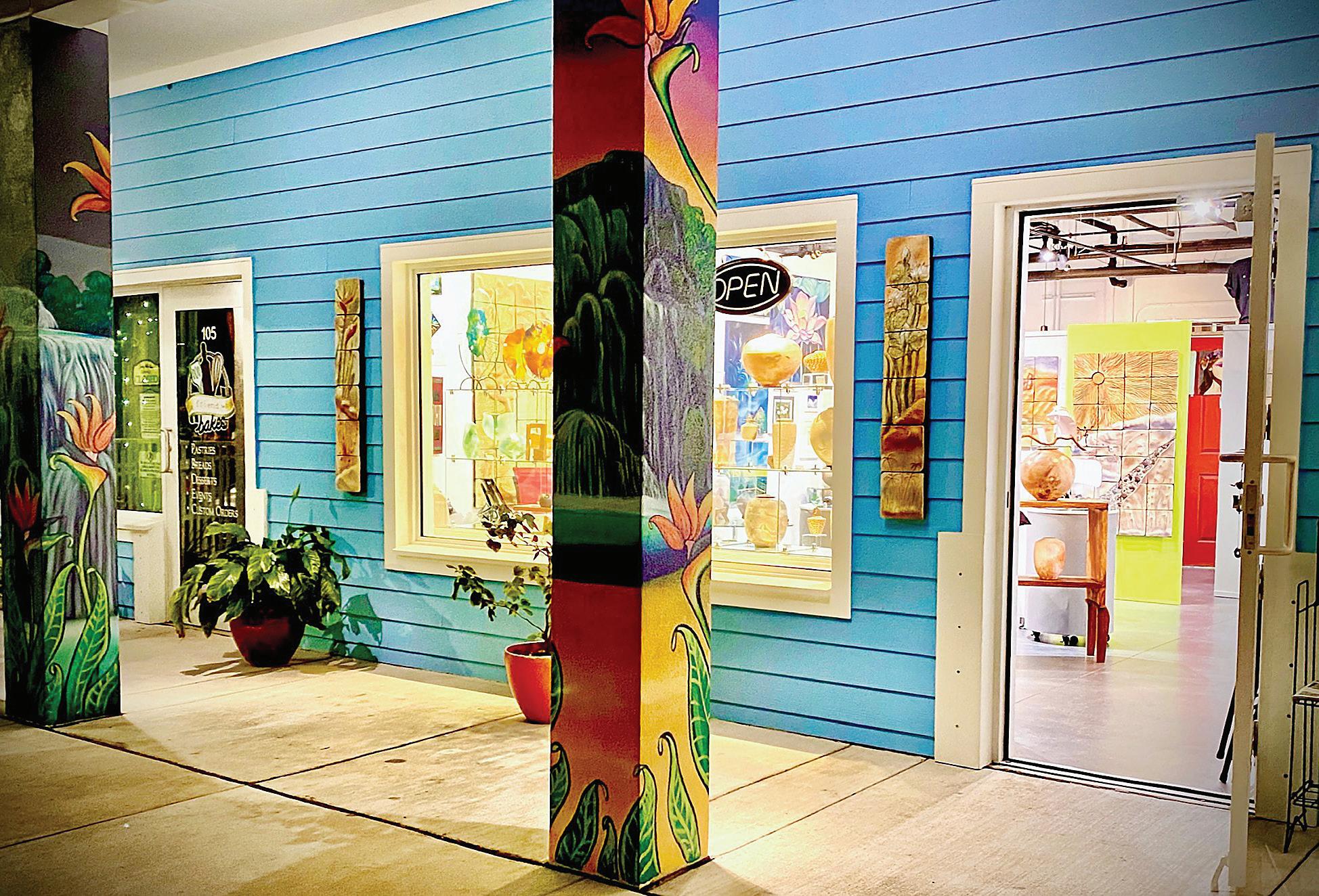Was Florida the Site of the First Thanksgiving? The first Thanksgiving was in Massachusetts, right? We’ve all learned the story in school. You might have played a Pilgrim in a tall paper hat, or Squanto, the legendary friendly Wampanoag in an improbable war bonnet of brightly dyed turkey feathers. But some historians have been rethinking our holiday, noting the Spanish celebrated in Florida a halfcentury before the Pilgrims set foot on Plymouth Rock. In 1565 about 800 newly arrived colonists from Spain gathered around a rough altar for a Catholic mass of Thanksgiving for their safe voyage to La Florida, and invited the indigenous Timucuans to join them in a communal meal. Why don’t they teach this in school? It’s a question that compelled Michael Gannon, the late University of Florida professor, to take up the cause and promote awareness of the St. Augustine feast. According to Gannon, the colony was established in 1565 by Pedro Menéndez de Avilés, Spanish Captain General of the Indies Fleet and Adelantado of Florida, when he landed at the village of Seloy on September 8, 1565. He renamed the area St. Augustine. Gannon based his history on two written narratives of the events, according to the Florida Historical Society. One eyewitness account is from the diary of the chaplain, Father Francisco Lopez de Mendoza
8
UNIVERSITY OF SOUTH FLORIDA
By Nano Riley
Grajales, and a second by the voyage’s physician, Dr. Gonzalo Solís de Merás, Menendez’s brother-inlaw. “It was the first community act of religion and Thanksgiving in the first permanent settlement in the land,” wrote Gannon in his book, “The Cross in the Sand,” about the St. Augustine colony. Floridians have taken up the tale and it’s become quite a popular idea for many Florida
history buffs. Not so fast, says Thomas Hallock, professor of literature at the University of South Florida in St. Petersburg. “That’s silly,” said Hallock when asked about the story. “The first official Thanksgiving began in 1863, when Abraham Lincoln established the holiday.” It’s not that Hallock disputes Gannon’s story, he just prefers to recognize Lincoln’s declaration as the official traditional holiday feast. And indeed, autumn harvest feasts were a European tradition long before Lincoln set a date. In his book, “The Biography of an American Holiday,” Professor James W. Baker points out the Calvinist Puritans celebrated religious holidays with feasts prior to Plymouth. But Gannon wanted to promote awareness of Florida’s early pre-U.S. history, where Spain’s foothold on the continent existed long before the British came ashore. The story gained traction as historians look toward more accurate accounts of history, rather than blind acceptance of a monoculutral view. It’s even spawned a popular children’s book. Robyn Goia’s book, “America’s
theGabber.com | November 26 - December 2, 2020















